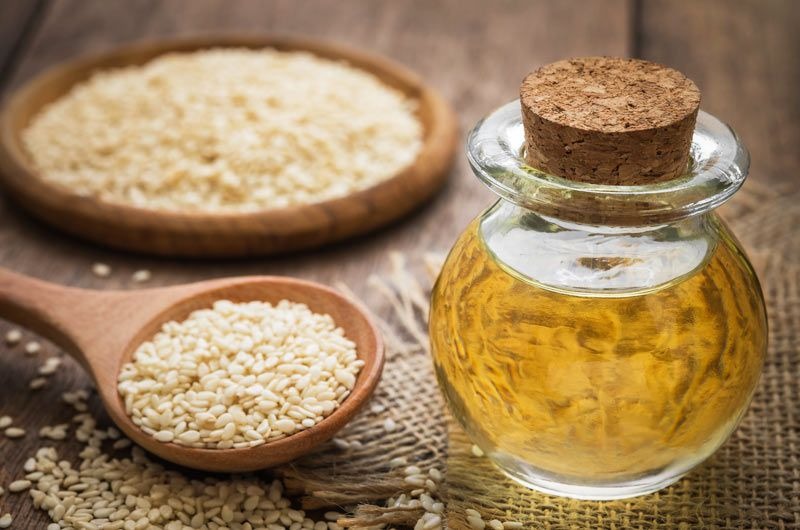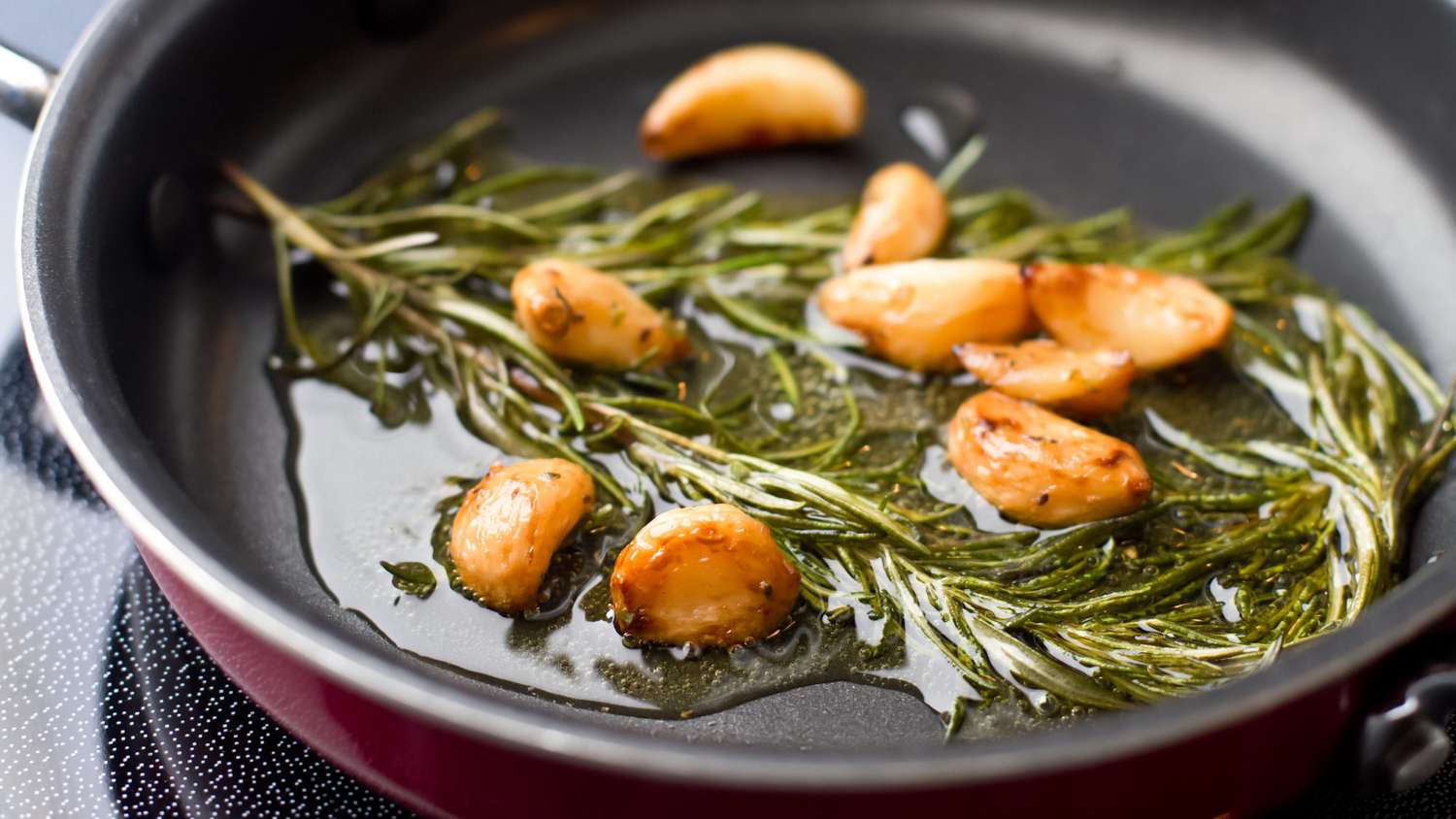Maintaining a spotless commercial kitchen is an essential part of daily operations for restaurateurs, caterers, and food service professionals. This hub of culinary creativity must adhere to stringent hygiene standards to ensure food safety, operational efficiency, and health inspector approval. One often overlooked area that bears the brunt of intense kitchen activity is the grout between floor tiles. In this article, we explore how to clean commercial kitchen floor grout and share exclusive tips for keeping your kitchen pristine.

Examine Your Kitchen Floors
Before diving into the cleaning process, it's vital to first examine your kitchen floors. Grout is porous and can absorb oils, stains, and other contaminants over time. Start by scrutinizing your floor tiles and grout lines for any signs of damage, discoloration, or stubborn buildup. Identifying these issues at the outset will make your cleaning process more effective and targeted.

Gather the Necessary Cleaning Supplies
Cleaning commercial kitchen floor grout requires specific tools and supplies to achieve the best results. Ensure you have these items on hand:
- Heavy-duty mop and bucket
- Stiff-bristled brush or grout brush
- Grout cleaner or a mixture of baking soda and vinegar
- Protective gloves and eyewear
- Wet-dry vacuum or absorbent cloths
- Sealer to protect grout post-cleaning
Choosing the Right Cleaning Solutions
There are numerous options for grout cleaning solutions, ranging from natural remedies to commercial-grade products. A popular and cost-effective solution involves using a paste made from baking soda and vinegar. This mixture effectively breaks down grease and stains. Alternatively, you can opt for a specialized grout cleaner designed for commercial kitchens.
Protective Measures Before Cleaning
Before you start cleaning, it's essential to wear protective gloves and eyewear. The combination of cleaning solutions and elbow grease can sometimes lead to splashes that may irritate your skin or eyes. Additionally, ensure that the kitchen is well-ventilated to avoid inhaling any fumes from the cleaning agents.

Step-by-Step Guide to Cleaning Grout
Now that you've prepped your area and gathered your supplies, let's dive into the step-by-step process:
1. Pre-Clean the Floor
Begin by sweeping or vacuuming the kitchen floor to remove loose debris and dust. This step ensures that you're not pushing dirt around while scrubbing the grout later.
2. Apply the Cleaning Solution
Spread your chosen cleaning solution generously over the grout lines. Allow it to sit for at least 10-15 minutes to break down the grime and stains.
3. Scrub the Grout Lines
Using a stiff-bristled brush or grout brush, scrub the grout lines vigorously. Focus on areas with stubborn stains or discoloration. You may need to apply a bit of extra pressure and cleaner to especially dirty spots.
4. Rinse and Dry
Once you're satisfied with your scrubbing, mop the floor with clean water to rinse away the cleaning solution and lifted dirt. Use a wet-dry vacuum or absorbent cloths to dry the floor thoroughly. This step is crucial to prevent new dirt from settling into the damp grout.

Post-Cleaning Protection and Maintenance
After spending considerable effort cleaning your commercial kitchen floor grout, it's wise to take steps to maintain that newfound cleanliness:
Apply a Grout Sealer
A grout sealer is a protective layer that prevents future stains and dirt from permeating the grout. Apply the sealer evenly following the manufacturer's instructions, and allow it to cure fully before resuming kitchen operations.
Regular Cleaning Routine
Establish a regular cleaning routine to keep grout lines looking fresh. Daily sweeping, weekly mopping with a mild cleanser, and monthly deep-cleaning sessions will help maintain grout integrity and cleanliness.
Troubleshooting Common Grout Issues
Despite your best efforts, you may encounter persistent grout issues that need special attention:
Mold and Mildew
High-humidity kitchens are prone to mold and mildew growth. To combat this, use a bleach solution (1 part bleach to 3 parts water) or a mold-specific cleaner. Scrub affected areas thoroughly and ensure proper ventilation to prevent recurrence.
Stubborn Stains
For stains that refuse to budge, consider using a steam cleaner. The high temperature and pressure effectively lift deeply embedded grime. Another option is using a poultice made from baking soda and hydrogen peroxide for tough stains. For more details, you can read this article on cleaning a kitchen.
Professional vs. DIY Cleaning
Deciding between professional cleaning services and DIY approaches depends on several factors, including the extent of grime, budget, and time constraints.
DIY Cleaning Advantages
DIY cleaning allows for greater flexibility and cost savings. You can tailor the cleaning process to your schedule and specific needs. Additionally, it offers a sense of satisfaction and control over the cleanliness of your kitchen.
Professional Cleaning Services
Hiring a professional cleaning service can save time and effort while ensuring a thorough job. Professionals have access to industrial-grade equipment and specialized products that can achieve superior results. This option is ideal for heavily soiled kitchens or operations with limited downtime.
Resources and Tools for Effective Grout Cleaning
Explore these valuable resources to assist with your grout cleaning endeavors:
- Online Tutorials: Websites like YouTube offer numerous tutorials on effective grout cleaning techniques.
- Commercial Grout Cleaners: High-quality products available on Amazon tailored for commercial kitchens.
- Professional Services: Locate local cleaning services with expertise in grout cleaning through directories like Yelp or Angie's List.
Frequently Asked Questions
What is the Best Solution for Cleaning Grout?
There isn't a one-size-fits-all solution for cleaning grout. However, a combination of baking soda and vinegar or specialized commercial grout cleaners are excellent starting points. The choice depends on the level of dirt and your preferences for natural vs. chemical cleaners.
How Often Should I Clean My Commercial Kitchen Floor Grout?
Regular maintenance is essential. Sweep daily, mop weekly, and conduct a deep clean monthly to maintain grout cleanliness. Adapt the frequency based on the kitchen traffic and specific needs.
Can I Use a Steam Cleaner on Grout?
Yes, steam cleaners are effective for grout cleaning. They use high temperatures and pressure to lift dirt and stains without harsh chemicals. Ensure to follow the manufacturer's instructions for the best results.
Maintaining immaculate grout in a commercial kitchen doesn't have to be a daunting task. By following these guidelines and adopting a proactive approach, you can ensure a clean and safe environment for your culinary endeavors.
As an Amazon Associate, I earn from qualifying purchases.






Leave a comment
This site is protected by hCaptcha and the hCaptcha Privacy Policy and Terms of Service apply.